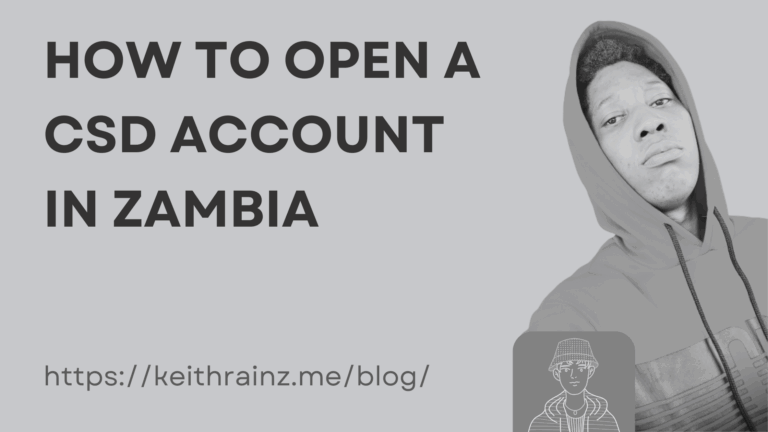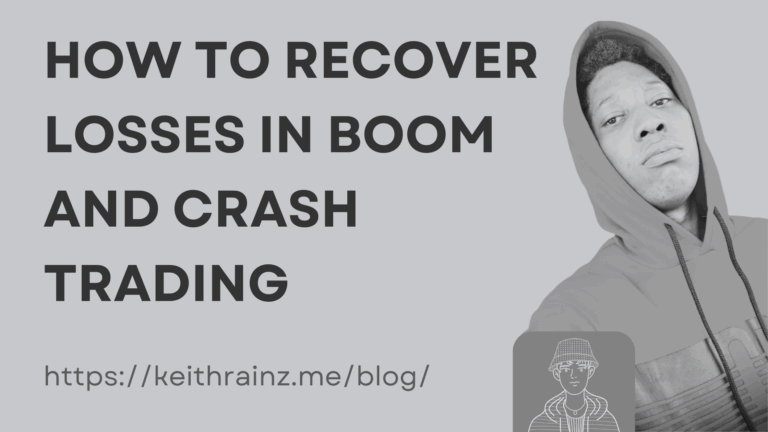The time-honored market proverb advises traders to “cut losses short” in order to avoid taking further losses. As a result, most forex traders with online trading accounts and using online forex brokers will choose to minimize their risk in some way by employing stop loss orders.
In fact, currency brokers frequently promote this practice because customers who use stop loss orders are more likely to continue in the forex trading business longer than those who do not.
Although the execution of such an order has a negative impact on a trader’s online trading account, it can prevent them from suffering a considerably larger loss if the market continues to move against their trading position.
How to Properly Use Stop-loss Orders
The term “stop loss order” in the retail forex market usually refers to a direction to close out an existing forex trading position at a rate that is lower than the current market rate. Traders regularly place stop loss orders to foreign exchange brokers to help them control trading risk on established positions when they are unable to continuously monitor the forex market.
Consider the case of a forex trader who has placed a long position in EUR/USD at the 1.4500 level via an online forex broker. If the trader could afford to lose 50 pips and believed that the EUR/USD market was unlikely to retrace to that level before they could take their winnings, they may put their stop loss order at 1.4450.
Traders would frequently deliberately set stop loss sell orders with an online forex broker under technical support levels, while placing stop loss buy orders above technical resistance levels, to obtain additional protection from currency brokers executing their stops.
Trailing Stops
Currency traders can use trailing stops to protect their profits and potentially cut their losses with some online forex firms and more sophisticated forex trading platforms.
To employ a trailing stop, a trader might set up an automatic trailing stop on an existing position to adjust their stop loss level if the market moves more than a particular amount in their favor.
Alternatively, they may employ a discretionary trailing stop with their online forex broker to manually alter their stop level as needed when market conditions warranted the usage of this approach.
Slippage on Stop Losses
Stop loss orders are typically used to keep the risk in an online trading account to a manageable level or, in the case of trailing stops, to protect collected winnings. Traders should be aware, however, that some currency brokers allow for slippage when executing stop loss orders.
Slippage occurs when a stop loss order is not executed at the order level, but rather at a level that is lower than the level at which the trader placed the stop order with the online forex broker.
Although slippage appears to be more common in quick and highly volatile markets where exchange rates fluctuate rapidly, it can be leveraged by unscrupulous currency brokers or dealing desks to deprive naïve forex traders of additional pips when their stop loss orders are implemented.
You may notice this if you trade indices such as Boom and Crash from deriv.







